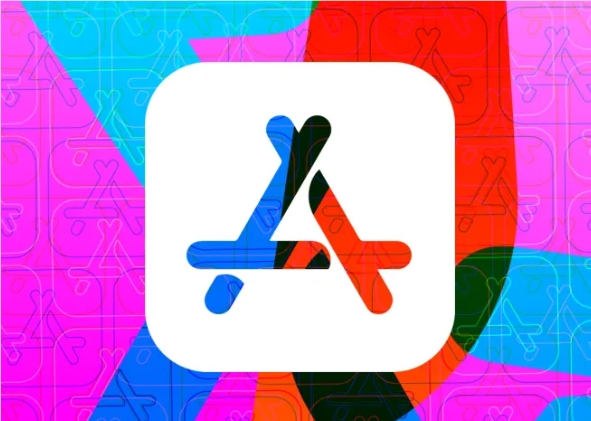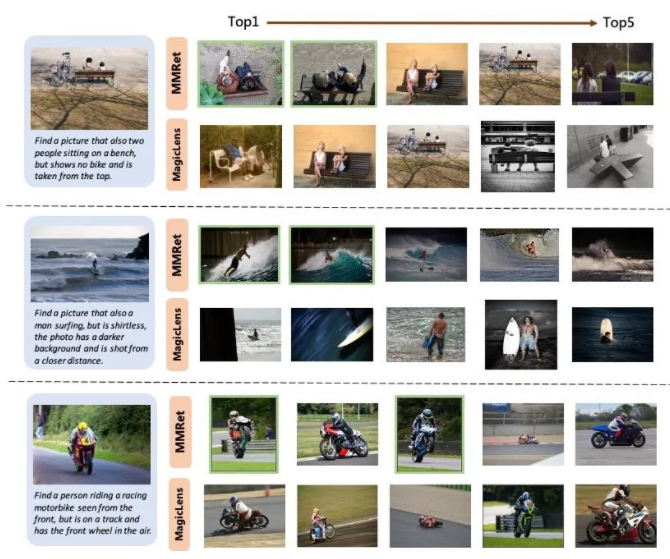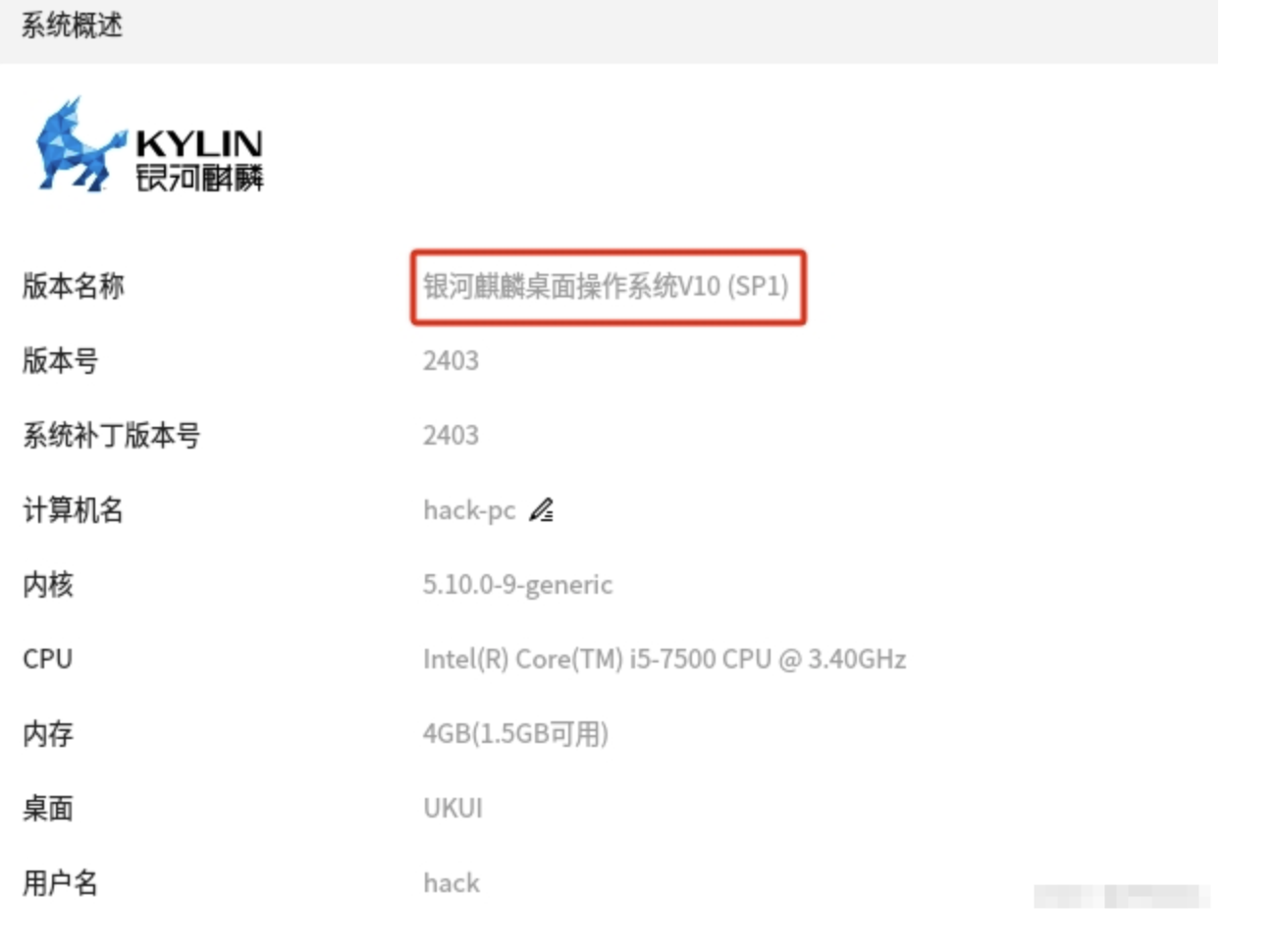Snap Inc.'s research team recently launched an artificial intelligence image generator called SnapGen, which can generate high-resolution images directly on high-end mobile phones. The launch of this technology allows users to enjoy an efficient and convenient image creation experience on their mobile phones, breaking the limitations of traditional AI image generation that requires powerful computing power.
SnapGen's core strength lies in the compactness and efficiency of its model. Compared with popular image generators such as SDXL, the number of parameters of SnapGen is only 379 million, which is about one-seventh of the latter. This compact design makes SnapGen not only take up less storage space, but also perform better in terms of running speed. According to the test results, SnapGen performed well in its ability to match images and text descriptions, with a score of 0.66, surpassing SDXL's 0.55, showing its clear advantage in quality.

When it comes to speed, SnapGen stands out. On the iPhone 16 Pro Max, the system can generate a high-quality image with a resolution of 1024×1024 pixels in about 1.4 seconds. This increase in speed allows users to experience almost no delay during the creative process, allowing them to instantly experience the fun of generating images.
In order to achieve this series of performance improvements, the research team systematically redesigned the network architecture, streamlining model parameters and delays while ensuring high quality image generation. They have specially optimized the decoder section to make it 36 times smaller than similar systems. In addition, in order to make the performance of small models reach the level of large models, the team also learned from the learning methods of large AI systems such as SD3 and SD3.5 and developed a special training process that can be dynamically adjusted according to the difficulty of the task. Learning Strategies.
With the advent of SnapGen, AI image generation technology on mobile devices has ushered in a new round of breakthroughs. In the future, users will experience faster and higher-quality image creation on their mobile phones, further promoting the development of social media content creation. progress.







